Exploring the Psychological Factors Influencing Pop Under Ads
Buy CPC Traffic | Buy Display Ads | Exclusive traffic sources | Buy Push Ads | Popunder ADS | Buy Native Ads | Buy Preroll Ads

Buy CPC Traffic | Buy Display Ads | Exclusive traffic sources | Buy Push Ads | Popunder ADS | Buy Native Ads | Buy Preroll Ads
In today's digital age, online advertising has become an essential tool for businesses to reach their target audience. One popular form of online advertising is pop under ads, which appear behind the current browser window, capturing the user's attention when they close or minimize their current tab. These ads have become notorious for their interruptive nature, but have you ever wondered why they continue to be used? It all comes down to psychology.
One of the main reasons pop under ads are still prevalent is due to their ability to capture attention. As humans, we are naturally drawn to unexpected movements or stimuli. When a new window suddenly opens, it triggers our instinctive response to investigate. This immediate attention capture creates an opportunity for advertisers to deliver their message directly to the user.
Furthermore, pop under ads have proven to be effective in terms of conversion rates. Studies have shown that these ads have a higher click-through rate compared to traditional banner ads. This is because pop under ads are less intrusive and don't disrupt the user's browsing experience as much as other forms of advertising. As a result, users are more likely to engage with the ad and follow through with the desired action, whether it's making a purchase or signing up for a newsletter.
However, it's important for businesses to approach pop under ads with caution. While they may be effective, they can also be perceived as intrusive and spammy if used excessively. Users value their browsing experience and don't appreciate being bombarded with ads at every turn. It's crucial for advertisers to strike a balance between capturing attention and respecting the user's needs. By understanding user behavior and respecting their preferences, businesses can utilize pop under ads effectively and optimize their conversion rates.
User Engagement and Pop Under Ads

Engaging users is a crucial aspect of any successful advertising campaign, and pop under ads offer a unique opportunity to capture the attention of website visitors. Understanding user behavior and how it relates to user engagement with pop under ads can significantly impact conversion rates.
When it comes to user engagement, pop under ads have both advantages and considerations. One advantage is that pop under ads tend to receive higher click-through rates compared to other ad formats. This is because they appear behind the current browser window, keeping the user engaged with the content they are currently viewing. It's essential to leverage this engagement by delivering relevant and compelling pop under ads that align with the user's interests.
However, user engagement with pop under ads can also be influenced by various factors. The timing of the pop under ad's appearance plays a crucial role. Interrupting user activities too frequently or at inappropriate times can lead to frustration and a negative perception of the ad. Therefore, it's essential to carefully consider the timing of the pop under ad to ensure optimal user engagement.
Relevance and Personalization
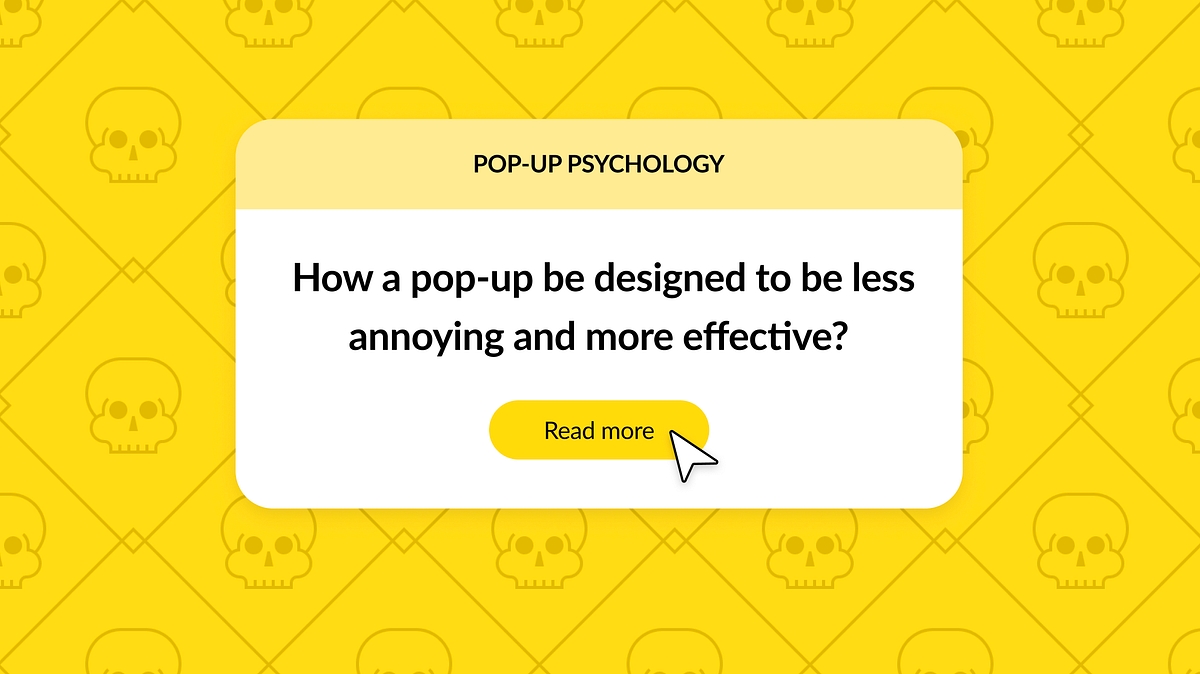
Another significant factor affecting user engagement with pop under ads is their relevance and personalization. Users are more likely to engage with an ad that resonates with their interests or needs. By delivering targeted pop under ads based on user demographics, browsing history, or previous interactions, advertisers can improve user engagement and increase the likelihood of conversion.
Personalization can extend beyond the content of the pop under ad itself. Tailoring the ad's appearance and format to match the design and aesthetics of the website can create a seamless user experience, enhancing engagement. Advertisers should ensure that the pop under ad compliments the overall look and feel of the website to encourage interaction.
Cognitive Biases and Pop Under Ads

Cognitive biases play a significant role in shaping the way users perceive and interact with pop under ads. These biases are mental shortcuts or patterns of thinking that can influence decision-making and judgment.
One common cognitive bias that affects user behavior with pop under ads is the anchoring bias. This bias occurs when users rely too heavily on the first piece of information they receive, known as the anchor, when making decisions. With pop under ads, the initial "startling" or attention-grabbing effect of the ad can act as an anchor, making users more likely to engage with or remember the ad content.
Another cognitive bias relevant to pop under ads is the availability bias. This bias occurs when people overestimate the likelihood of something happening based on how easily they can recall instances of it. In the context of pop under ads, users may perceive these ads as more prevalent or common simply because they remember encountering them more frequently. This bias can influence conversion rates by creating a false sense of effectiveness or popularity.
The framing effect is another cognitive bias that can impact user behavior with pop under ads. This bias occurs when people's choices are influenced by the way information is presented to them. With pop under ads, the way the ad content is framed, such as the use of persuasive language or appealing visuals, can influence users' perceptions and willingness to engage with the ad.
Anchoring Bias
Relying heavily on initial information when making decisions
Increased likelihood of engagement or remembrance of pop under ads
Availability Bias
Overestimating the likelihood of something based on ease of recall
Perceived prevalence or effectiveness of pop under ads
Framing Effect
Decisions influenced by the way information is presented
Perceptions and willingness to engage with pop under ads
Understanding these cognitive biases and their impact on user behavior is crucial for optimizing the design and effectiveness of pop under ads. By leveraging these biases in a responsible and user-centric manner, advertisers can create more engaging and persuasive ad experiences that lead to higher conversion rates.
Perception and Pop Under Ads
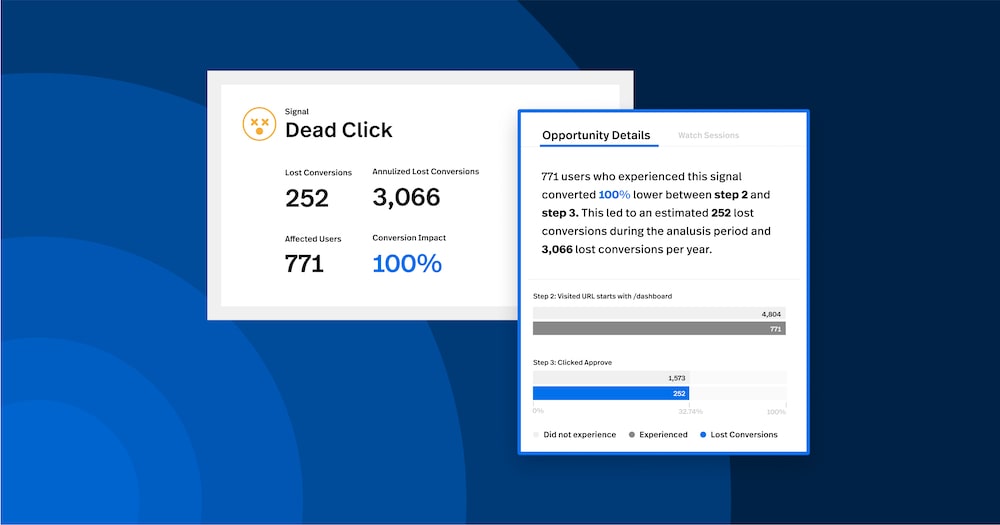
Perception plays a crucial role in the effectiveness of pop under ads. As users navigate through websites, their attention is naturally focused on the main content and the visual elements that are directly in their line of sight. However, pop under ads have the ability to capture their attention by appearing behind the main browser window.
Research has shown that users often perceive pop under ads as intrusive or annoying. This perception is influenced by factors such as the timing and frequency of the ads, as well as their relevance to the user's interests. When pop under ads are seen as too frequent or irrelevant, users may develop negative associations with them, leading to lower click-through rates and conversions.
On the other hand, when pop under ads are strategically timed and relevant to the user, they can be perceived as less invasive and more useful. For example, if a user is browsing an online clothing store and a pop under ad offers a discount on a specific item they were previously looking at, they may perceive it as a helpful reminder and be more likely to click on it.
Understanding the psychology of perception is crucial in optimizing the design and delivery of pop under ads. By incorporating user preferences and providing relevant, timely advertising, advertisers can enhance the user experience and improve conversion rates.
If you are interested in implementing pop under ads, it's important to choose the right platform for your needs. Consider using native traffic sources that provide high-quality advertising placements and targeting options to ensure that your pop under ads are delivered to the right audience at the right time.
Decision Making and Pop Under Ads
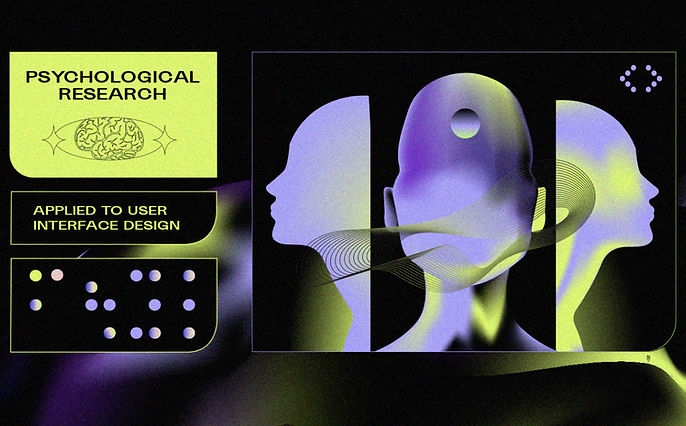
When it comes to decision making, especially in the context of online advertising, there are several factors that contribute to a user's response to pop under ads. Understanding these factors can help advertisers optimize their campaigns and improve conversion rates.
One important factor is the user's mindset and intention while browsing the internet. Users may be actively searching for specific products or services, or they may be more passive, simply browsing without a clear objective in mind. Pop under ads can be effective for both types of users, but the messaging and targeting should be tailored accordingly.
Another factor is the placement and timing of the pop under ads. Users are more likely to respond positively to ads that appear at the right moment and in the right location. For example, if a user is already engaged with a website or taking a specific action, a well-timed pop under ad can capture their attention and lead to a conversion.
Furthermore, the design and content of the pop under ads play a crucial role in decision making. Ads that are visually appealing, have clear messaging, and offer a compelling call to action are more likely to convert. Advertisers should consider A/B testing different ad designs and messages to identify the most effective combinations.
Ultimately, the decision-making process for users interacting with pop under ads involves evaluating the relevance, credibility, and value of the offer. Users are more likely to convert if they perceive the ad as relevant to their needs, trustworthy, and offering something of value. Advertisers should focus on delivering ads that meet these criteria to increase conversion rates.
By understanding the psychology behind decision making and the factors that influence user responses to pop under ads, advertisers can make informed decisions and optimize their campaigns for maximum effectiveness. Buying traffic from trusted sources can also contribute to higher conversion rates by targeting relevant audiences more effectively. By implementing these strategies, advertisers can improve their chances of success in the competitive world of online advertising.
Conversion Rates and Pop Under Ads
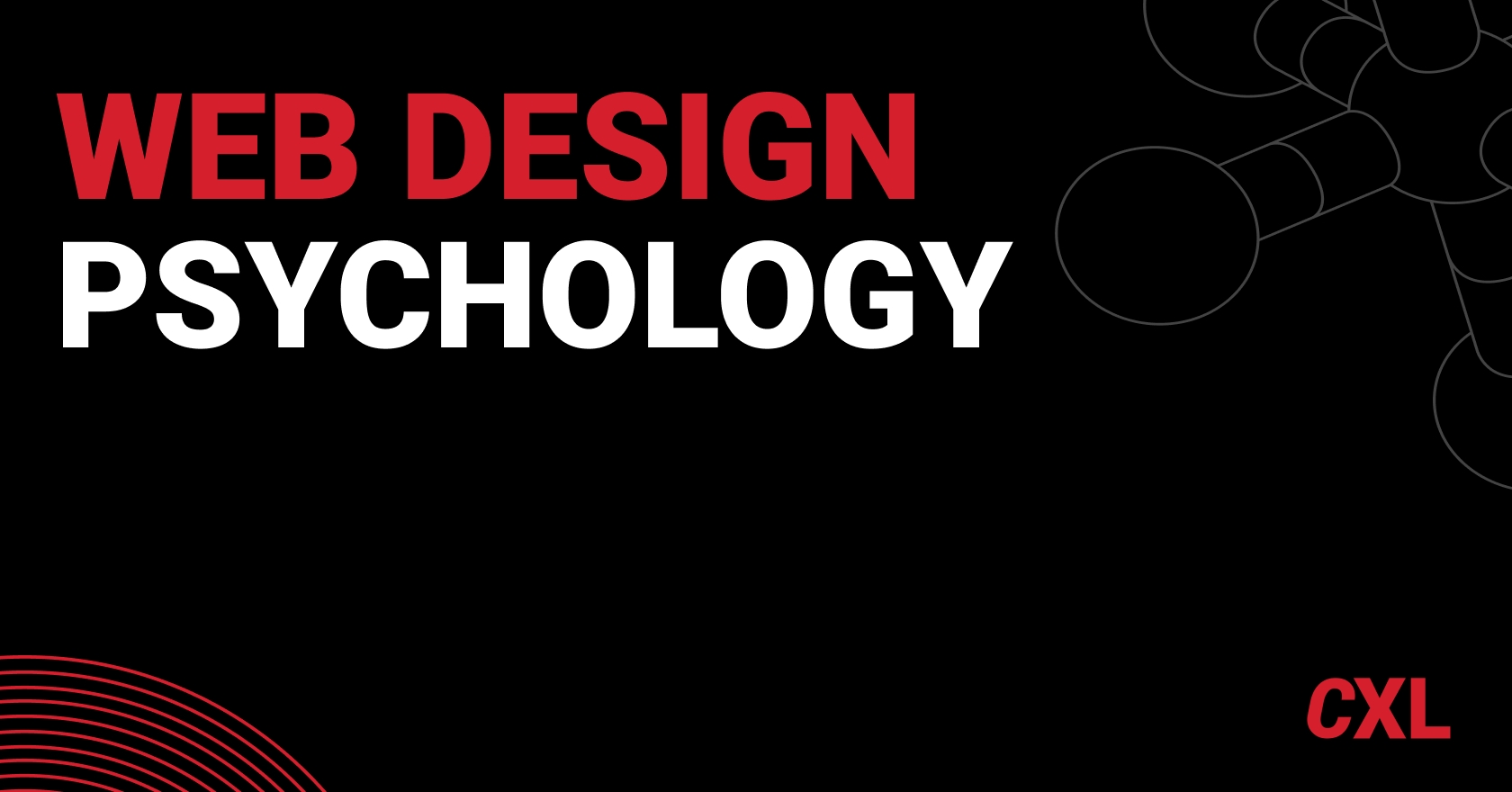
When it comes to online advertising, conversion rates play a crucial role in determining the effectiveness of different ad formats. Pop under ads, despite their controversial reputation, can be highly effective in terms of driving conversions when implemented correctly.
One important factor to consider is the relevance of the pop under ad to the content the user is currently engaging with. Studies have shown that users are more likely to convert when presented with an ad that aligns with their interests or needs. This means that targeting the right audience and displaying ads that are both visually appealing and contextually relevant can significantly improve conversion rates.
Another key aspect of conversion rates is the timing of the pop under ad. Users are more likely to engage with ads that are displayed at a time when they are actively seeking information or looking for a solution to a problem. For example, if a user is browsing a website about online marketing strategies, a pop under ad offering a guide on improving SEO would be highly relevant and likely to result in a conversion.
Furthermore, the design and format of the pop under ad can greatly impact its conversion rate. A visually appealing ad that is well-designed, easy to understand, and has a clear call-to-action is more likely to drive conversions. It is also important to consider the user experience of the ad, ensuring that it does not disrupt the user's browsing experience or feel intrusive.
In order to maximize conversion rates with pop under ads, it is crucial to continuously track and analyze performance metrics. This includes monitoring click-through rates, bounce rates, and conversion rates. By analyzing these metrics, advertisers can identify areas for improvement and make data-driven decisions to optimize their campaigns.
Overall, while pop under ads have been met with mixed reception, they can be an effective tool for advertisers to drive conversions. By targeting the right audience, displaying contextually relevant ads, optimizing timing, and ensuring a positive user experience, advertisers can increase their conversion rates and achieve their marketing objectives. If you're interested in leveraging the power of pop under ads, consider buying traffic to boost your campaigns and reach a wider audience.
Strategies to Optimize Pop Under Ads
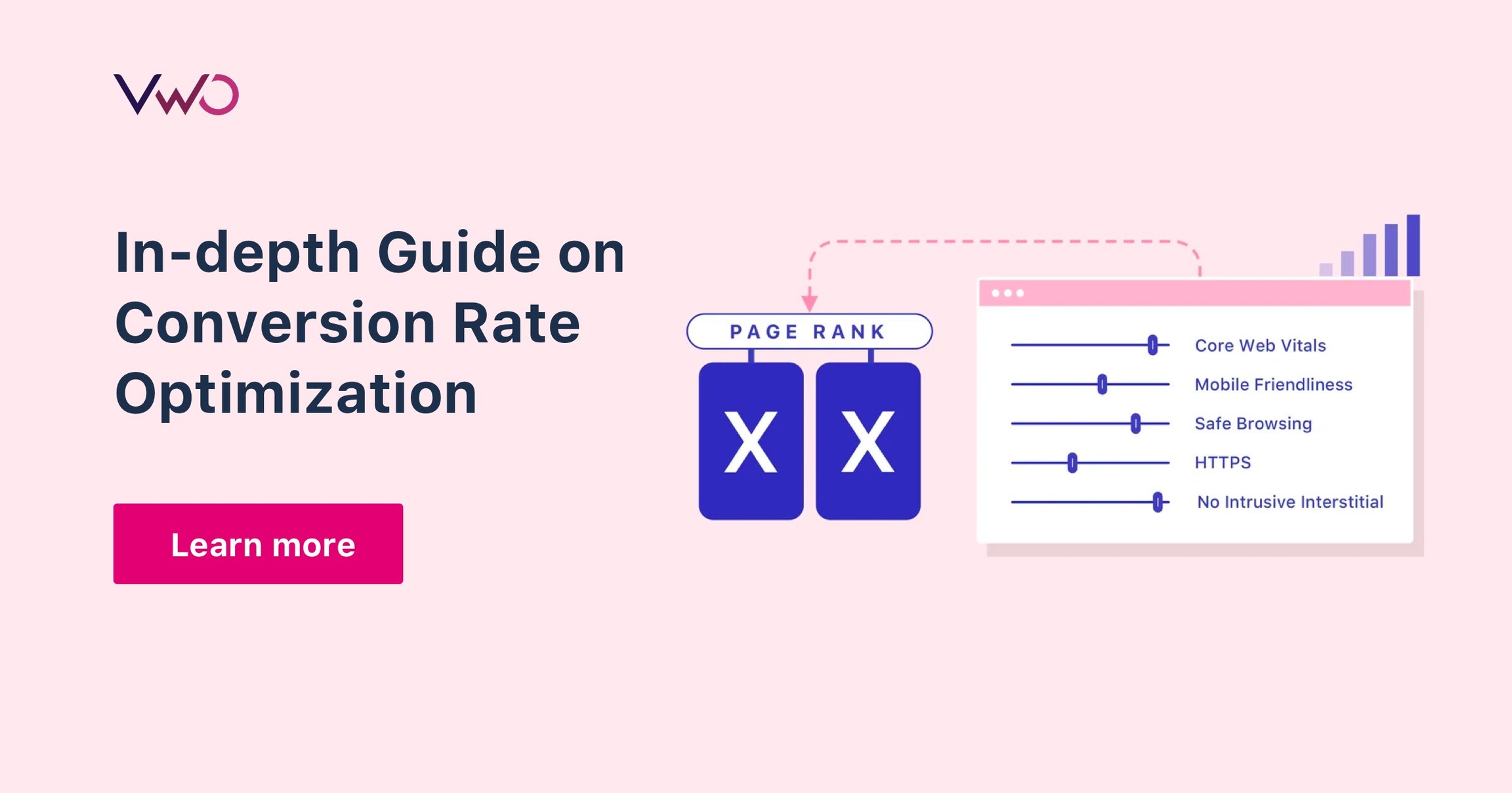
To maximize the effectiveness of pop under ads and improve conversion rates, it is important to implement the following strategies:
Targeted Audience: Define your target audience clearly and ensure that your pop under ads are placed on websites that attract that specific demographic. This will increase the chances of reaching users who are more likely to convert.
Relevance: Make sure that the content and offer displayed in the pop under ads are relevant to the website the user is currently browsing. Relevance increases the chances of capturing the user's attention and curiosity.
Timing: Display the pop under ad at the right time. Timing is crucial to avoid irritating the user and to increase the chances of engagement. Implementing exit intent technology can help capture the user's attention when they are about to leave the website.
Clear Call-to-Action: Use a clear and compelling call-to-action (CTA) in your pop under ads. The CTA should clearly communicate the benefit of taking the desired action and provide a sense of urgency, encouraging users to click on the ad.
A/B Testing: Continuously test different variations of your pop under ads to identify the most effective design, copy, and placement. A/B testing allows you to optimize your ads based on real user feedback and improve your conversion rates.
Frequency Capping: Set a limit on the number of times a pop under ad is displayed to a user within a given time period. This helps prevent ad fatigue and annoyance, leading to better user experience and higher conversions.
Tracking and Analytics: Track and analyze the performance of your pop under ads to gain insights into user behavior and conversion rates. Use analytics tools to understand which ads are performing well and make data-driven decisions to optimize your campaigns.
By implementing these strategies, you can optimize your pop under ads to maximize their impact, improve user engagement, and ultimately increase your conversion rates.
Why are pop-under ads so common on websites?
Pop-under ads are common on websites because they can generate higher conversion rates than other types of ads. They have the advantage of appearing behind the current browser window, which means they don't interrupt the user's current browsing experience.
How do pop-under ads affect user behavior?
Pop-under ads can affect user behavior in different ways. Some users may ignore the ads and continue with their browsing, while others may be curious and click on the ads. Research suggests that pop-under ads have the potential to increase user engagement and retention on a website.
What factors contribute to the effectiveness of pop-under ads?
Several factors contribute to the effectiveness of pop-under ads. The timing of the ad, the relevance of the content to the user, and the design of the ad are all important factors. Additionally, the user's previous browsing behavior and preferences can also impact the effectiveness of pop-under ads.
Do pop-under ads increase website conversion rates?
Yes, pop-under ads have the potential to increase website conversion rates. Since they appear behind the current browser window, they are less intrusive and may catch the user's attention without interrupting their browsing experience. However, the effectiveness of pop-under ads may vary depending on the target audience and the specific website.
Are pop-under ads annoying to users?
Pop-under ads can be perceived as annoying by some users, while others may not find them bothersome. It ultimately depends on the user's tolerance for ads and their browsing preferences. Website owners should strive to strike a balance between generating revenue with ads and providing a positive user experience.
Why do pop under ads seem to be so popular among advertisers?
Pop under ads are popular among advertisers because they have been shown to be effective in driving conversions. Unlike other ad formats, pop under ads are not immediately noticeable and therefore have a higher chance of grabbing the user's attention without interrupting their browsing experience. This can lead to higher click-through rates and ultimately more conversions for advertisers.
How do pop under ads affect user behavior?
Pop under ads can have a variety of effects on user behavior. In some cases, they may cause frustration or annoyance, especially if they are intrusive or difficult to close. However, if the ad is relevant to the user's interests and is presented in a non-obtrusive manner, it may actually pique their curiosity and lead to a higher likelihood of engagement and conversion.
What factors influence the effectiveness of pop under ads?
Several factors can influence the effectiveness of pop under ads. The relevance of the ad to the user's interests is crucial - if the ad is not relevant, it is likely to be ignored or closed immediately. The timing and frequency of the ad also play a role - too many pop under ads can lead to irritation, while a well-timed and sparingly shown ad is more likely to capture the user's attention. Additionally, the design and content of the ad should be engaging and visually appealing to encourage interaction.
Are pop under ads unethical?
The ethics of pop under ads can be subjective. Some people argue that they are intrusive and disruptive to the user experience, while others argue that they are a legitimate way for advertisers to reach their audience and drive conversions. Ultimately, it depends on how the ads are implemented and whether they respect the user's preferences and privacy. Transparency and user control are key factors in determining the ethicality of pop under ads.
Buy CPC Traffic | Buy Display Ads | Exclusive traffic sources | Buy Push Ads | Popunder ADS | Buy Native Ads | Buy Preroll Ads
2022-2024 @ The Psychology Behind Pop Under Ads: Understanding User Behavior and Conversion Rates